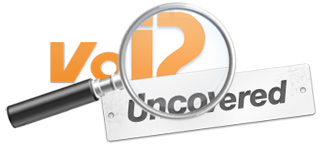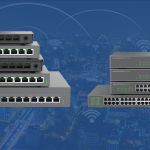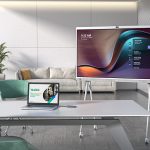We recently spoke with Richard McGravie, CEO of Positron Telecom. Below is a summary of some of the things we discussed. Listen to the podcast to hear Richard elaborate on some of these questions and learn what sets Positron apart, in spite of them being a relatively new player in this space.
VoIPon: What makes a Positron card different than those of the current market incumbents, such as those made by Sangoma and Digium for example?
Richard McGravie, CEO of Positron Telecom (RM): We embed Asterisk on the card itself. This means that users no longer have to spend time to pull an Asterisk install together (save time). The competition just makes line card interfaces which are bound to the application via a driver. If the application changes or you want to move to a new application you can’t do it without development.
Positron boards don’t need a driver as we can process VoIP (SIP) traffic directly.
Because we are a standalone system that only requires power from the PC, we can be installed into any operating system environment (more flexible / wider market).
We are the only PBX solution that functions well within a virtualized environment such as VMWARE (green offering).
We have a built in scalable architecture because boards can communicate over Ethernet without additional drivers (redundant capable) most of all because the interface is SIP the CPU processing is very low compared to traditional DAHDI interfaces, which won’t allow you to install over 8 E1 systems in a single PC.
VoIPon: Tell us about the blade system and why this is such a unique idea for this space?
RM: We install into all systems as an Ethernet adapter and can accept VoIP (SIP) traffic directly and process the calls on our card for SIP or PSTN trunking. This means we can work with any VoIP application (Asterisk, Freeswitch, YATE, etc.) Also because we install Asterisk on the card itself, we become not just a Media Gateway but also a full function PBX that can be taken to any operating system. Asterisk is a great application but its typically bound to Linux, is not simple to integrate or configure – we erase all these issues.
VoIPon: So, I understand that Asterisk PBX can run on the card, this seems like an exciting development but why would the real world want to use this card for this purpose?
RM: For me, I look at it that we have created a simple and reliable way to enable an Asterisk server. If I were a reseller I would recognize that this would save me time which is really saving me money. As mentioned before as well, it also now means that any Windows application can also take advantage of the features, which it could not do before.
VoIPon: Did you say that your cards are platform independent? Can they really run just as easily on a Windows machine as a Linux Machine? Is there anything special someone would need to know to make this happen?
RM: Yes, you can install it into any operating system. The board interfaces Ethernet to the PCI bus and on the front bracket. Therefore just plug it into your switch and you can connect. If you are looking for tighter integration we do have PCI Ethernet drivers for Windows, Linux, VxWorks and a few others but there is no need.
VoIPon: Who would be a typical customer for your current products?
RM: Anyone who wants to replace their existing interface card! But seriously, we are port for port the same price as the competition, but make it easier, faster and expand the solution to a wider install base. We also offer a solution for any SIP enabled application.
VoIPon: I see that Positron has a long history in engineering. Some people may think you’re entering this telephony card space fairly late in the game. Why enter this market now?
RM: VoIP is just starting to become main stream. I would even say it is still in its infancy, so I don’t think we are late, more like just in time. Also we don’t just make Media Gateways, we make a range of solutions that are coming to market so that people don’t have to build their own solutions any more. We will offer low cost solutions for Call Centers, Conference bridges and more all focusing on 50 users and less.
VoIPon: What might we expect from Positron next? Do you have any predictions for the future of the space?
RM: From Positron you will see greater application support, higher density and additional media support leaning toward video and advanced voice processing. People love our solution, they just want to do more with it.





